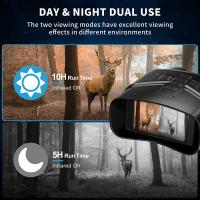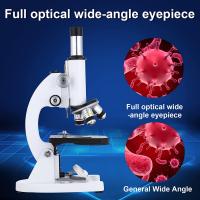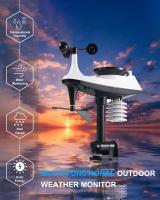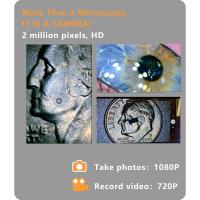Can You See Atoms With A Light Microscope ?
No, atoms cannot be seen with a light microscope. This is because the wavelength of visible light is much larger than the size of an atom, making it impossible for light to interact with individual atoms. Instead, scientists use specialized microscopes such as scanning tunneling microscopes or transmission electron microscopes to observe atoms. These microscopes use beams of electrons to create images of atomic structures with much higher resolution than is possible with visible light.
1、 Limitations of light microscopy
Light microscopy is a widely used technique for observing biological specimens, but it has its limitations. One of the major limitations of light microscopy is its inability to observe objects smaller than the wavelength of visible light, which is approximately 400-700 nanometers. This means that atoms, which are much smaller than this range, cannot be seen with a light microscope.
Another limitation of light microscopy is its inability to observe structures within cells that are not visible with visible light. For example, the internal structure of organelles such as mitochondria and chloroplasts cannot be observed with a light microscope.
However, recent advancements in microscopy techniques have allowed scientists to overcome some of these limitations. For example, electron microscopy uses a beam of electrons instead of visible light to observe specimens, allowing for much higher resolution and the ability to observe structures at the atomic level.
In conclusion, while light microscopy has its limitations, it remains a valuable tool for observing biological specimens and has been instrumental in advancing our understanding of the natural world.

2、 Atomic size and resolution
No, you cannot see atoms with a light microscope due to their incredibly small size and the limitations of the technology. Light microscopes use visible light to magnify objects, but the wavelength of visible light is much larger than the size of an atom. This means that the resolution of a light microscope is limited to about 200 nanometers, which is much larger than the size of an atom.
However, there are other types of microscopes that can be used to see atoms. Scanning tunneling microscopes and atomic force microscopes use a tiny probe to scan the surface of a sample and create an image of the atoms. These microscopes work by detecting the electrical forces between the probe and the atoms, rather than using visible light.
In recent years, there has been a lot of research into developing new types of microscopes that can see atoms with even higher resolution. One promising technology is called aberration-corrected transmission electron microscopy, which uses a beam of electrons to create an image of the atoms. This technique has been used to create images of individual atoms and even to manipulate them.
In summary, while you cannot see atoms with a light microscope, there are other types of microscopes that can be used to see them. With the development of new technologies, it is likely that we will continue to improve our ability to see and manipulate atoms in the future.
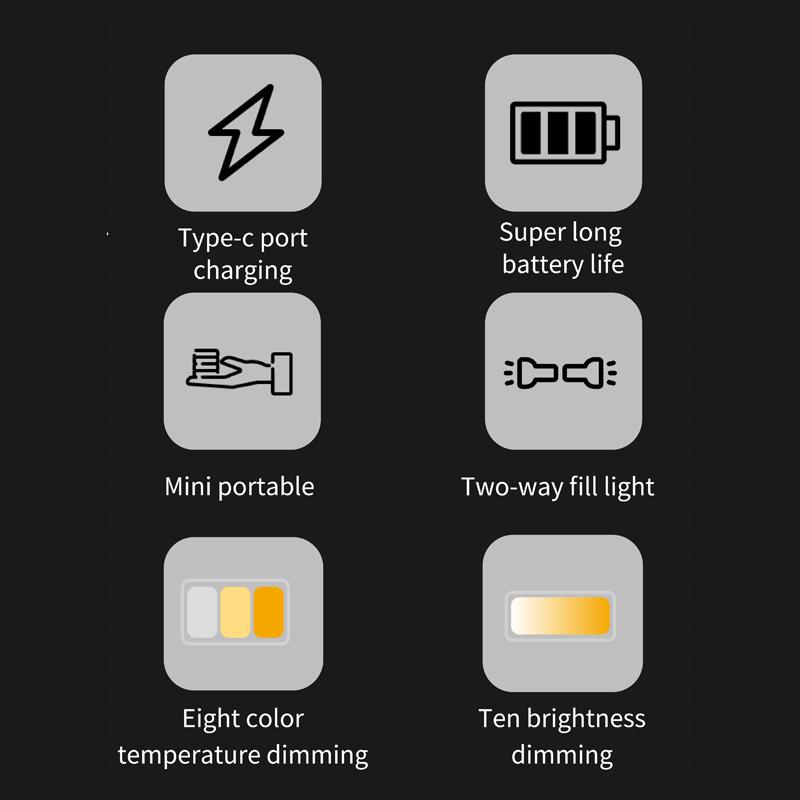
3、 Electron microscopy as an alternative
No, you cannot see atoms with a light microscope. The resolution of a light microscope is limited by the wavelength of visible light, which is about 500 nanometers. Atoms are much smaller than this, with diameters ranging from 0.1 to 0.5 nanometers. Therefore, they cannot be resolved with a light microscope.
Electron microscopy is an alternative method for visualizing atoms. Electron microscopes use a beam of electrons instead of visible light to image samples. The resolution of electron microscopes is much higher than that of light microscopes, with the ability to resolve structures down to the atomic level.
There are two main types of electron microscopes: transmission electron microscopes (TEM) and scanning electron microscopes (SEM). TEMs use a thin sample that is transparent to electrons, allowing them to pass through and create an image on a detector. SEMs use a focused beam of electrons to scan the surface of a sample and create a 3D image.
Recent advancements in electron microscopy have allowed for even higher resolution imaging, such as cryo-electron microscopy (cryo-EM). Cryo-EM uses samples that are flash-frozen in liquid nitrogen, preserving their natural state and allowing for imaging at near-atomic resolution.
In summary, while light microscopes cannot see atoms, electron microscopy provides an alternative method for visualizing structures at the atomic level. Ongoing advancements in electron microscopy continue to push the boundaries of what can be seen and understood at the nanoscale.
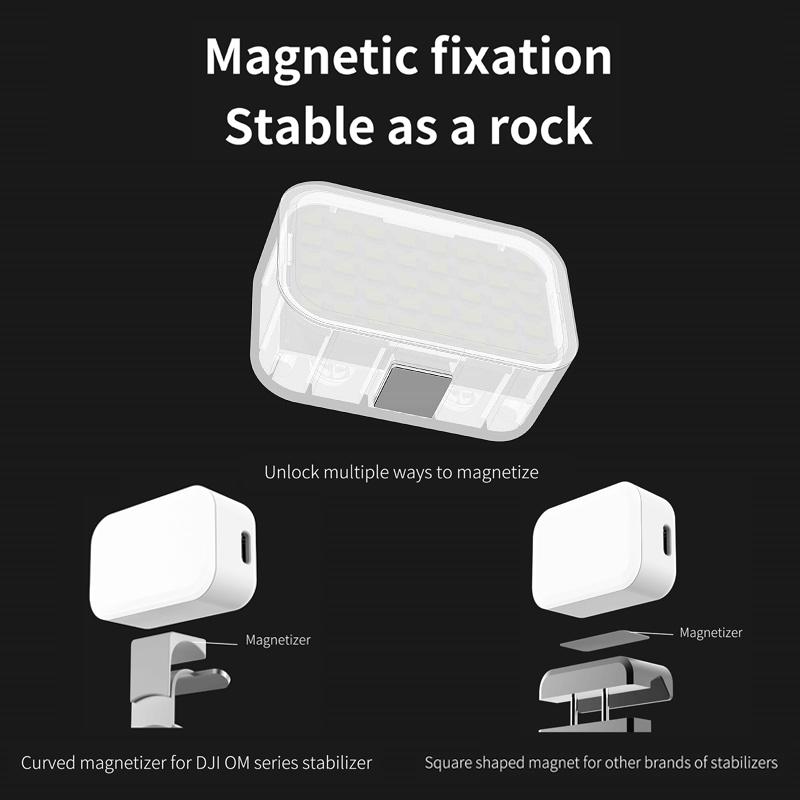
4、 Scanning tunneling microscopy
No, atoms cannot be seen with a light microscope. The resolution of a light microscope is limited by the wavelength of visible light, which is about 500 nanometers. This means that objects smaller than this size cannot be resolved by a light microscope. Atoms are much smaller than this, with diameters ranging from 0.1 to 0.5 nanometers, making them invisible to a light microscope.
However, atoms can be seen with a scanning tunneling microscope (STM). STM is a type of electron microscope that uses a sharp metal tip to scan the surface of a sample. The tip is brought very close to the surface, and a voltage is applied between the tip and the sample. This creates a tunneling current that is sensitive to the distance between the tip and the sample. By scanning the tip across the surface, a three-dimensional image of the sample can be created with atomic resolution.
STM has revolutionized our understanding of the atomic world, allowing scientists to study the structure and properties of materials at the atomic scale. It has also led to the development of new technologies, such as nanotechnology, which relies on the ability to manipulate and control individual atoms and molecules.
In summary, while a light microscope cannot see atoms, STM provides a powerful tool for studying the atomic world with unprecedented resolution and precision.




















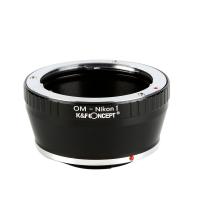




![J12 Mini-projector Outdoor-filmprojector met 100 inch-projectorscherm, 1080P, compatibel met tv-stick, videogames, HDMI, USB, TF, VGA, AUX, AV [Amerikaanse regelgeving] J12 Mini-projector Outdoor-filmprojector met 100 inch-projectorscherm, 1080P, compatibel met tv-stick, videogames, HDMI, USB, TF, VGA, AUX, AV [Amerikaanse regelgeving]](https://img.kentfaith.de/cache/catalog/products/de/GW01.0172/GW01.0172-1-200x200.jpg)







